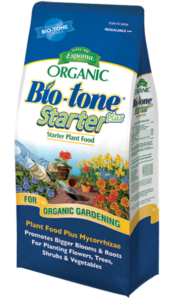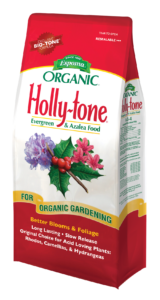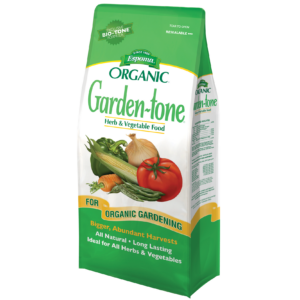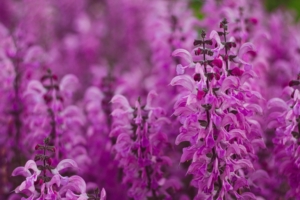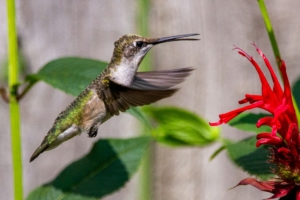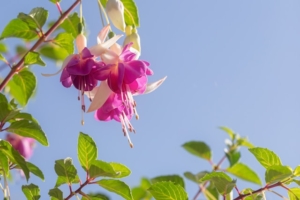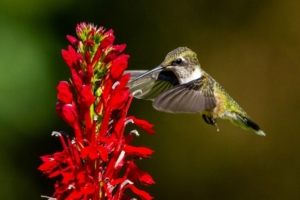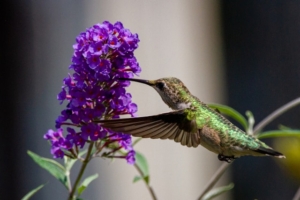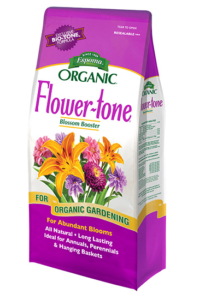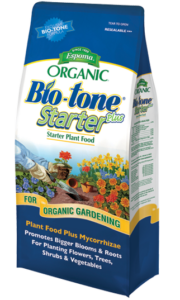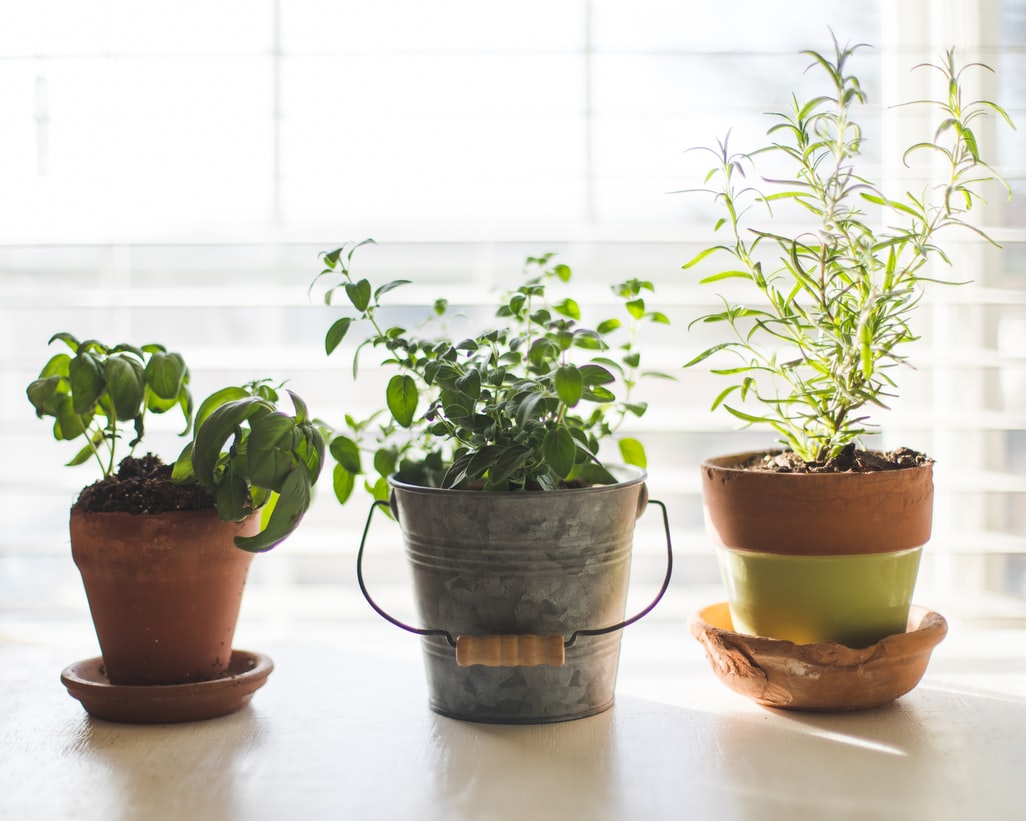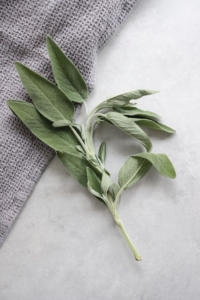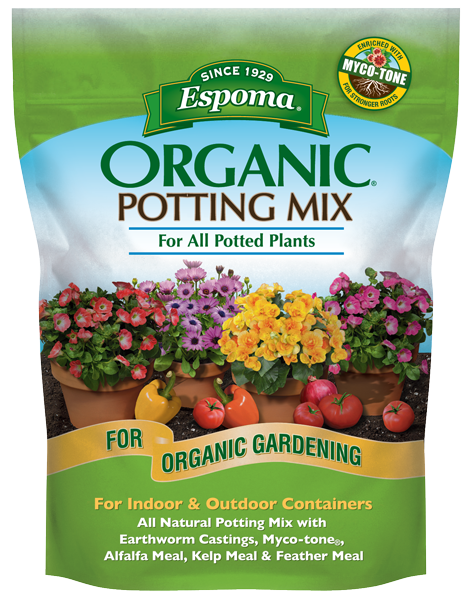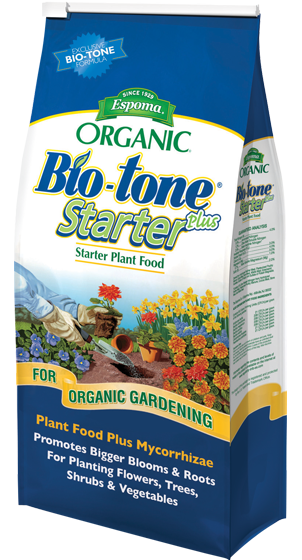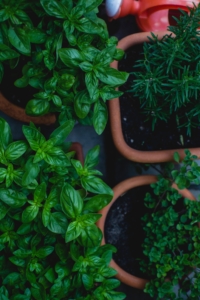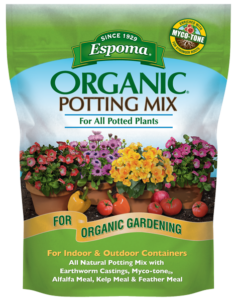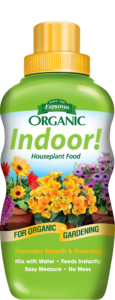VIDEO: Late Summer Plantings ☀️🌿 with Wyse Guide
Late summer might not seem like the ideal time to dig into new plantings, but our friend Kaleb Wyse of Wyse Guide thinks differently. In his latest video, Kaleb reminds us that gardening isn’t about rigid rules—it’s about understanding your plants, your soil, and the care you’re willing to give.
In this video, Kaleb is planting Calamint ‘Montrose White’ along a garden path and transplanting prairie dropseed grass. Kaleb always plants with Espoma Organic Bio-tone Starter Plus to give his new plants the best chance to thrive. He calls Bio-tone his go-to “planting insurance” because it enriches the soil, encourages root growth, and helps plants settle in quickly.
6 Late-Summer Planting Tips from Kaleb
- Don’t fear the season. If a plant is sitting in a nursery pot, it will be happier in the ground than waiting on the sidelines. With care, late-summer planting can be successful.
- Choose the right variety. Kaleb swapped out a self-seeding Calamint for ‘Montrose White’, showing how selecting the right cultivar prevents future headaches.
- Use a good starter fertilizer. Kaleb never skips this step. He recommends using a high-quality organic starter fertilizer like Espoam Organic Bio-tone Starter Plus. It not only feeds the soil but also helps roots acclimate quickly—critical when planting mid-season.
- Loosen, don’t stress. When transplanting, gently loosen roots but avoid overly rough handling. The goal is to encourage healthy outward growth.
- Water wisely. Start with well-watered plants and give them a deep drink after planting. Consistent moisture is key during hot stretches.
- Think in groupings. Kaleb recommends planting in odd-number groupings (three, five, seven) for stronger visual impact and healthier stands of perennials.
A Season for Learning and Growing
Kaleb’s message is clear: gardening is as much about learning as it is about planting. By experimenting with timing and varieties—and by feeding the soil naturally with Espoma Organic Bio-tone Starter Plus—you can enjoy beautiful results well into the season.
Let’s get growing!
Learn More about Wyse Guide:
🪴 YouTube
Featured Products:

